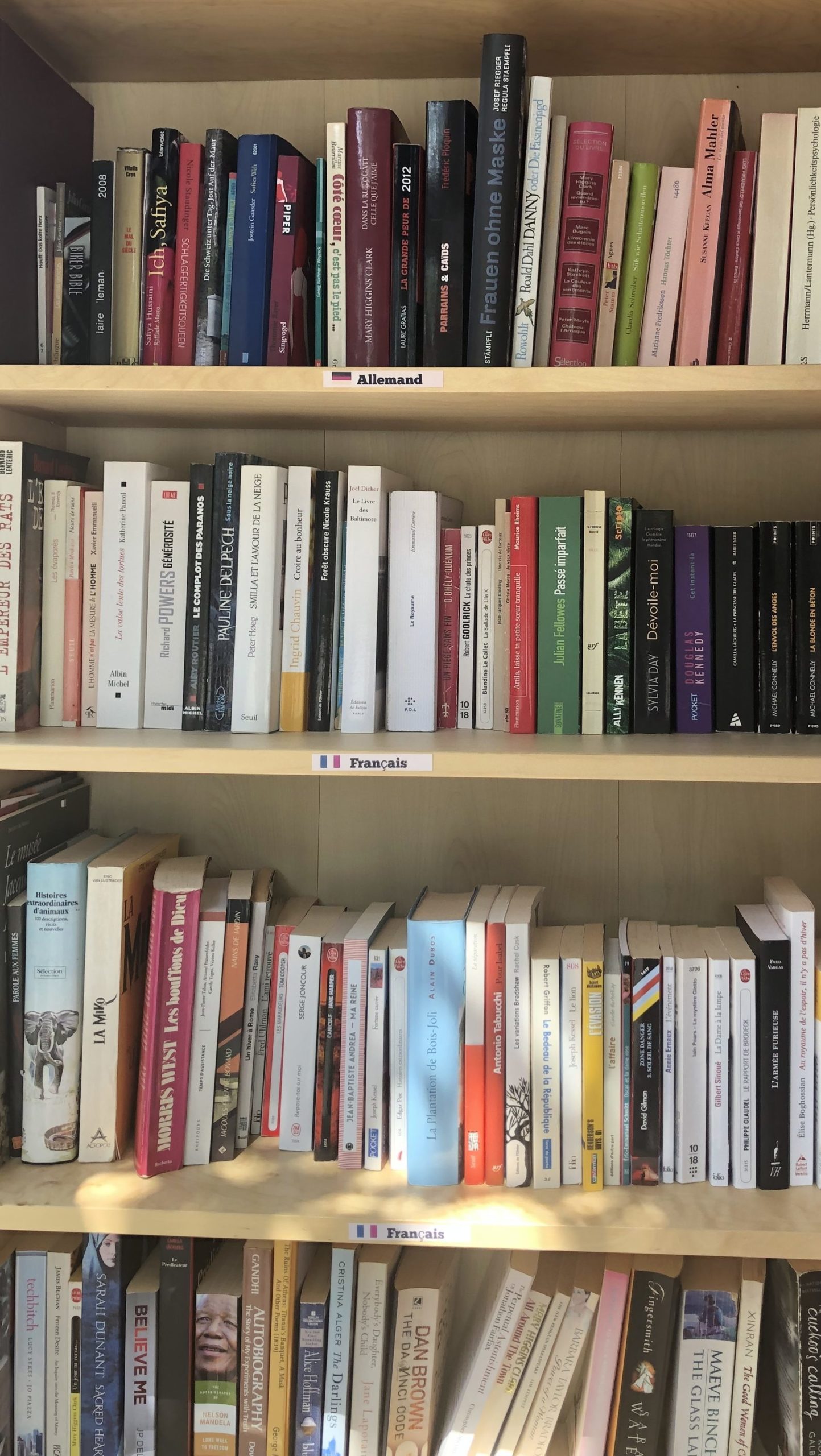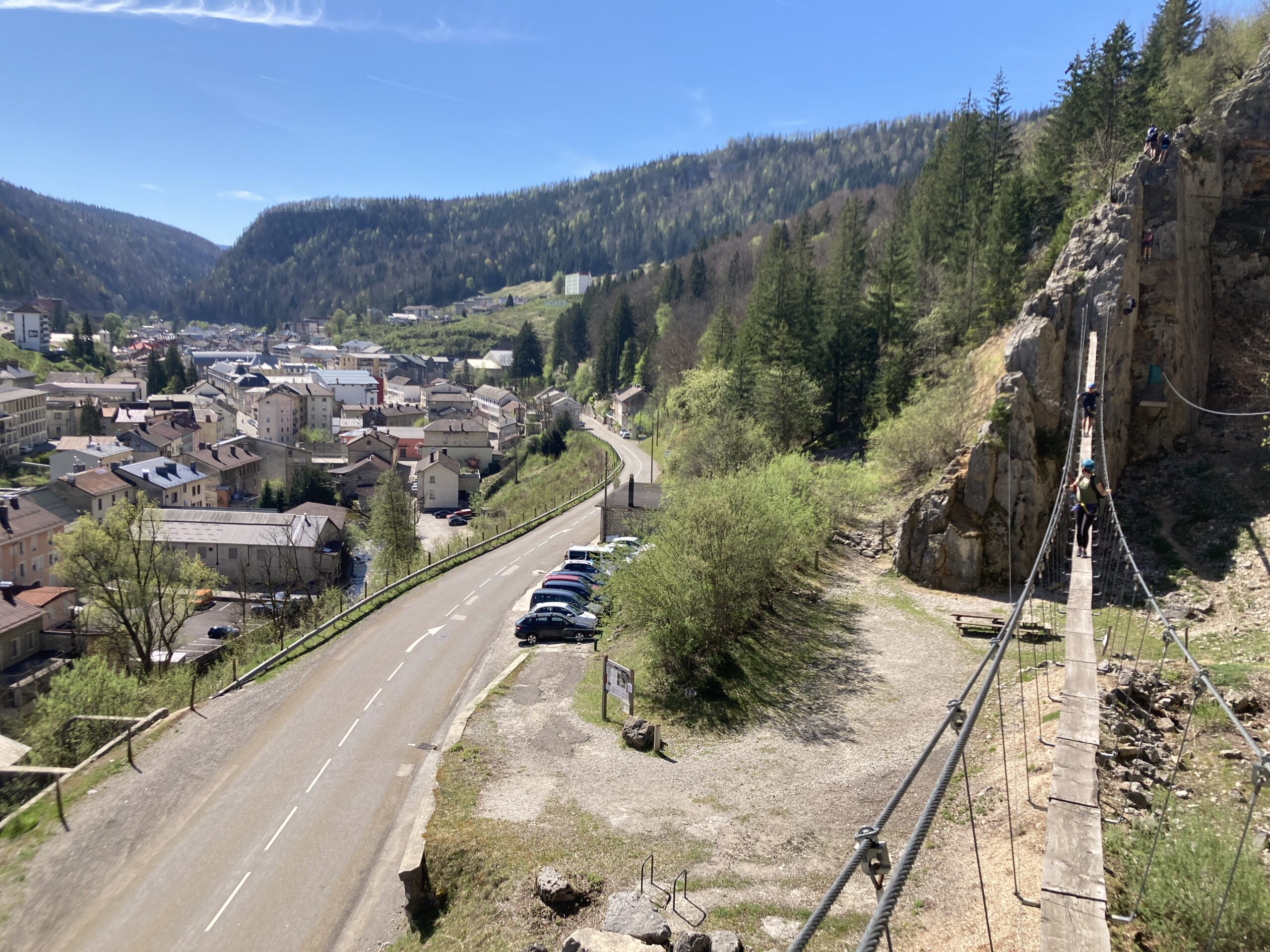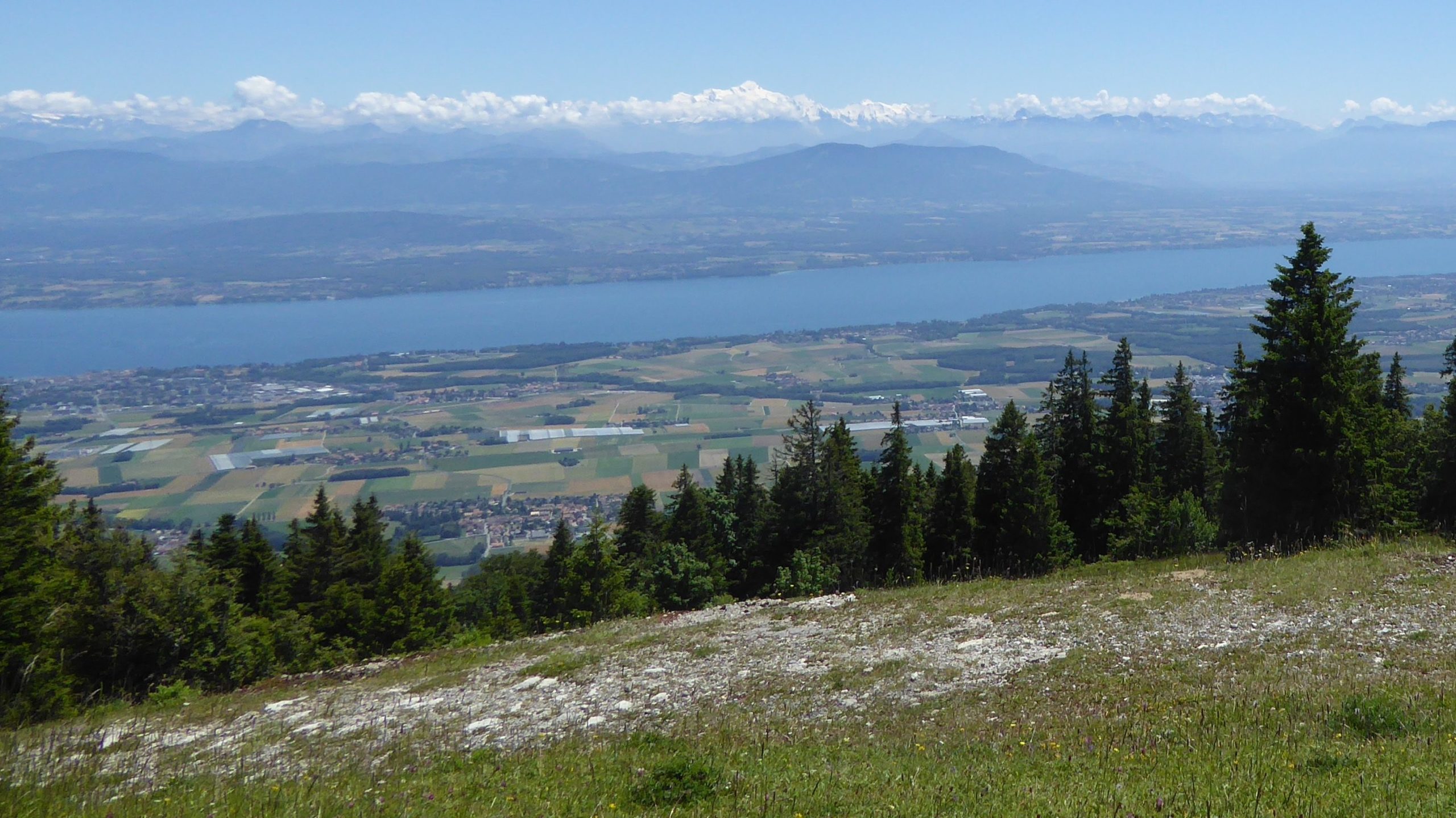Tag: sharing
-

Bookcrossing and A November Walk
Reading Time: 2 minutesToday I went for a slight variant and came across a book dating back to 1930 so of course I picked it up. I like the look and feel of old books. I also like that they carry history. The book is 91, almost 92 years old and it has been passed…
-

The Phone Box library Walk
Reading Time: 2 minutesIf you’re looking for a reason to walk from one village to another the practise of using old phone boxes as free libraries are common in Switzerland. This means that if you’re shopping around for books in Switzerland you can either go to the shops and buy them with the car or…
-
Not Enough Time
Reading Time: 2 minutesAs I went through my video archive I’ve found a lot of good videos. As a result of this, I’ve been reminded of many moments and memories. There are a few people I’ve seen frequently since the shooting of the footage whilst others have not been present for months or years in…

